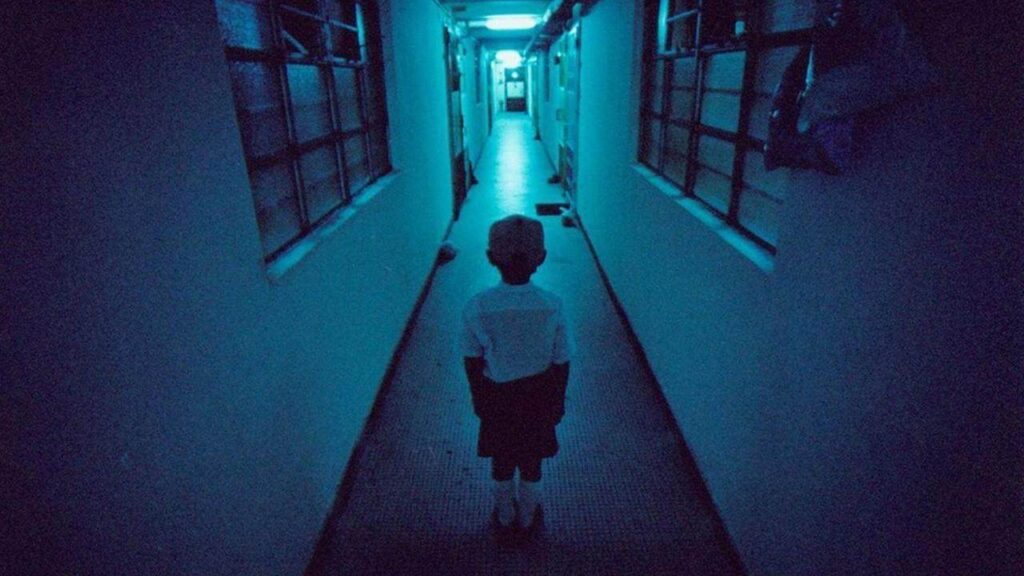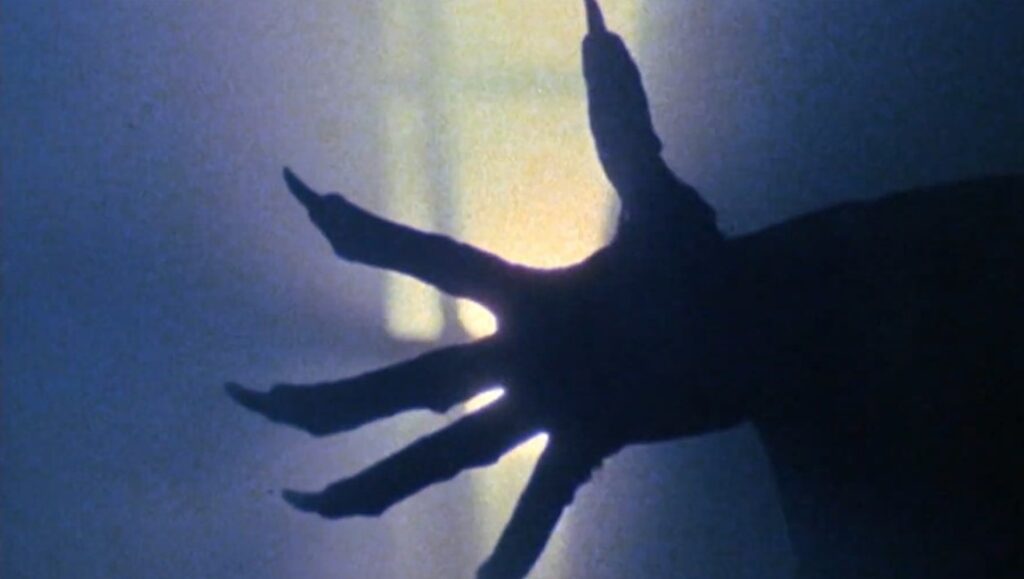
The Hathras incident should serve as a chilling reminder that superstitions and occult practices continue to kill innocent individuals in India. It should show that the Hathras incident is not a one-off; it is part of a far deeper, far uglier pattern where barbarism excuses by longstanding superstition are perpetuated through violence.
In the Hathras case, a young child was allegedly killed in the name of human sacrifice. The assailants believed that his death would make their educational institution famous and rich. Reports indicate police received statements from the owner of the school and others suspecting his associates, who promised, through the child’s death, that they would be supernaturally successful with their school. This irrational display was, apparently, not arbitrary for the school owner. His father, a local black magician, planted the belief in children’s deaths, enabling “magical” institutions to spring forth. This bizarre speculation demonstrates a risky combination of ignorance, manipulation, and fantasy typically seen in antiquated belief systems.
Unfortunately, this is not the first instance of such brutality witnessed in India. In 2016, India derided the case of a year-old girl found beheaded, similarly, for “human sacrifice” in “Jharkhand.” The outrage was widespread and momentary.

According to the National Crime Records Bureau (NCRB), there were at least 127 murders in India between the years 2015 and 2022 that were linked to witchcraft and superstitions. And these are only the cases reported. Experts suspect that the actual number of murders is likely much greater, as many incidents either go unreported or are hidden from investigators due to fear, stigma, or complicity in the acts. Women, children, and groups that are already marginalized in society are often the most likely victims in these tragedies.
Social psychologists and criminologists identify multiple social factors and cultural expectations that feed these issues. In many cases, these actions are the result of superstition, untreated mental illness, social isolation, and lack of access to science education. When these factors are present in rural or underdeveloped areas where there are limited educational options and strong historical beliefs in supernatural practices, tragedies are likely to occur.
The Hathras case highlights the need for systemic change once more. To begin, there needs to be a push for rational thinking and scientific temper at the national level in India, as called for in Article 51A of the Constitution of India. There also needs to be increased access to mental health services, particularly for those living in rural areas where they may instead seek out help from babas, tantriks, and occultists rather than a mental health professional. Awareness programs, counseling services, and community outreach programs must be increased.
for more updates visit dipdives.com




